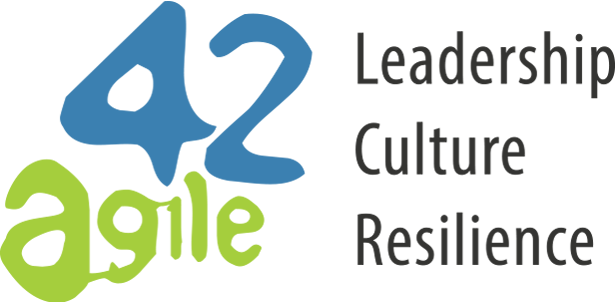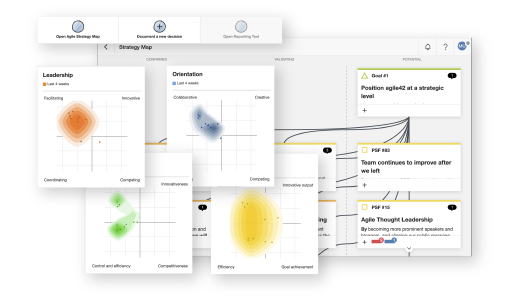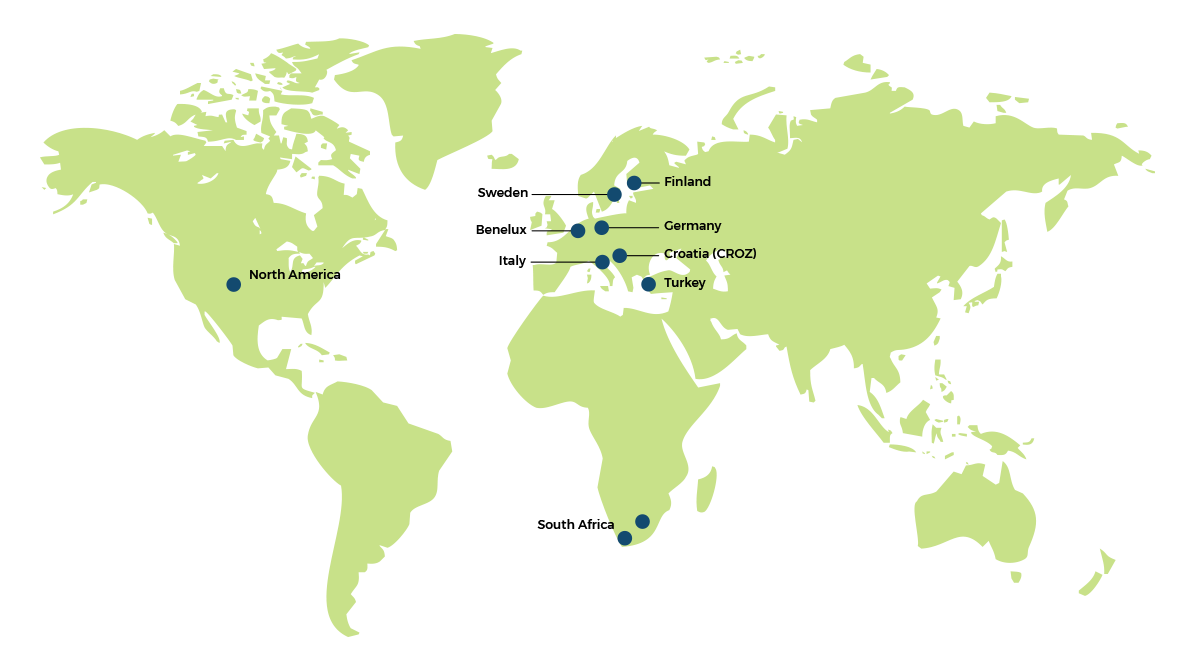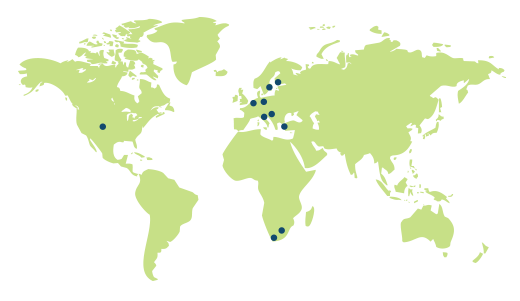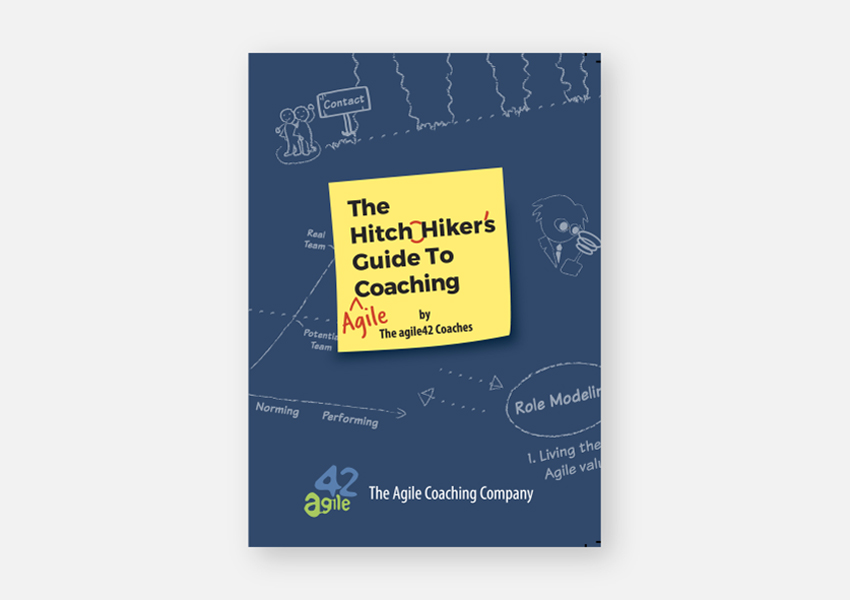Siemens – Digital Factory • Factory Automation • Automation Systems
 One of the project teams of the Siemens Digital Factory, consisting of around 50 employees, develops software automation systems, used by manufacturers all around the world. However, by 2015, this market-leading high-tech division aiming to provide innovative solutions to their customers was facing new challenges in terms of flexibility due to upcoming future trend developments in the industrial market, mainly driven by the upcoming trend of digitalization. In order to keep the driving position in the market, the project team had to take the next level of evolution.
One of the project teams of the Siemens Digital Factory, consisting of around 50 employees, develops software automation systems, used by manufacturers all around the world. However, by 2015, this market-leading high-tech division aiming to provide innovative solutions to their customers was facing new challenges in terms of flexibility due to upcoming future trend developments in the industrial market, mainly driven by the upcoming trend of digitalization. In order to keep the driving position in the market, the project team had to take the next level of evolution.
The experience was ultimately such a success that it was rolled out to the whole project team, showing that not only they had taken the tools they were given and ran with them, but they also managed to scale them.
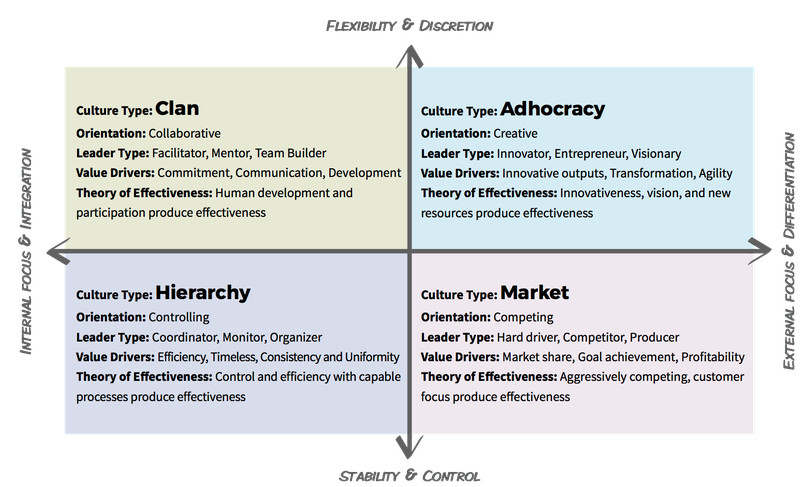
Team members can assign points to different characteristics and statements. Once the results are pooled, it becomes a powerful way not only to uncover organizational culture, but also to look at how it changes over time. To flesh out the model even more, our coaches combined the CVF with storytelling, by asking participants for personal stories describing how things are done now, compared to back then, which map to the different quadrants of the model.
 Now the development teams are involved with the stakeholders and clients throughout the process and they can give them exactly what they need, in time and with high quality. Ideas for solutions to problems are taken back to the client in the form of prototypes, resulting in a common creation through a transparent empirical process. Where once everyone focused on their own tasks, multiple teams can now decide for themselves to work in parallel on the same project, focusing on a common goal. This is a result (and a process) that would have been impossible in the former, pre-Agile days. Now everyone can see that self-organizing teams deliver the best architectural solutions. Now no one has to make demands, or stay over time, unless they choose to themselves. Extending the methods to further project teams was not simply scaling; it was a thorough adoption and understanding of the essence and practice of being Agile.
Now the development teams are involved with the stakeholders and clients throughout the process and they can give them exactly what they need, in time and with high quality. Ideas for solutions to problems are taken back to the client in the form of prototypes, resulting in a common creation through a transparent empirical process. Where once everyone focused on their own tasks, multiple teams can now decide for themselves to work in parallel on the same project, focusing on a common goal. This is a result (and a process) that would have been impossible in the former, pre-Agile days. Now everyone can see that self-organizing teams deliver the best architectural solutions. Now no one has to make demands, or stay over time, unless they choose to themselves. Extending the methods to further project teams was not simply scaling; it was a thorough adoption and understanding of the essence and practice of being Agile.Contacts
Siemens AG
Digital Factory Division Factory Automation TIA Portal Engineering System
DF FA AS ES-R&D 1
Siemensstr. 2-4
90766 Fürth, Deutschland
agile42 Consulting GmbH
